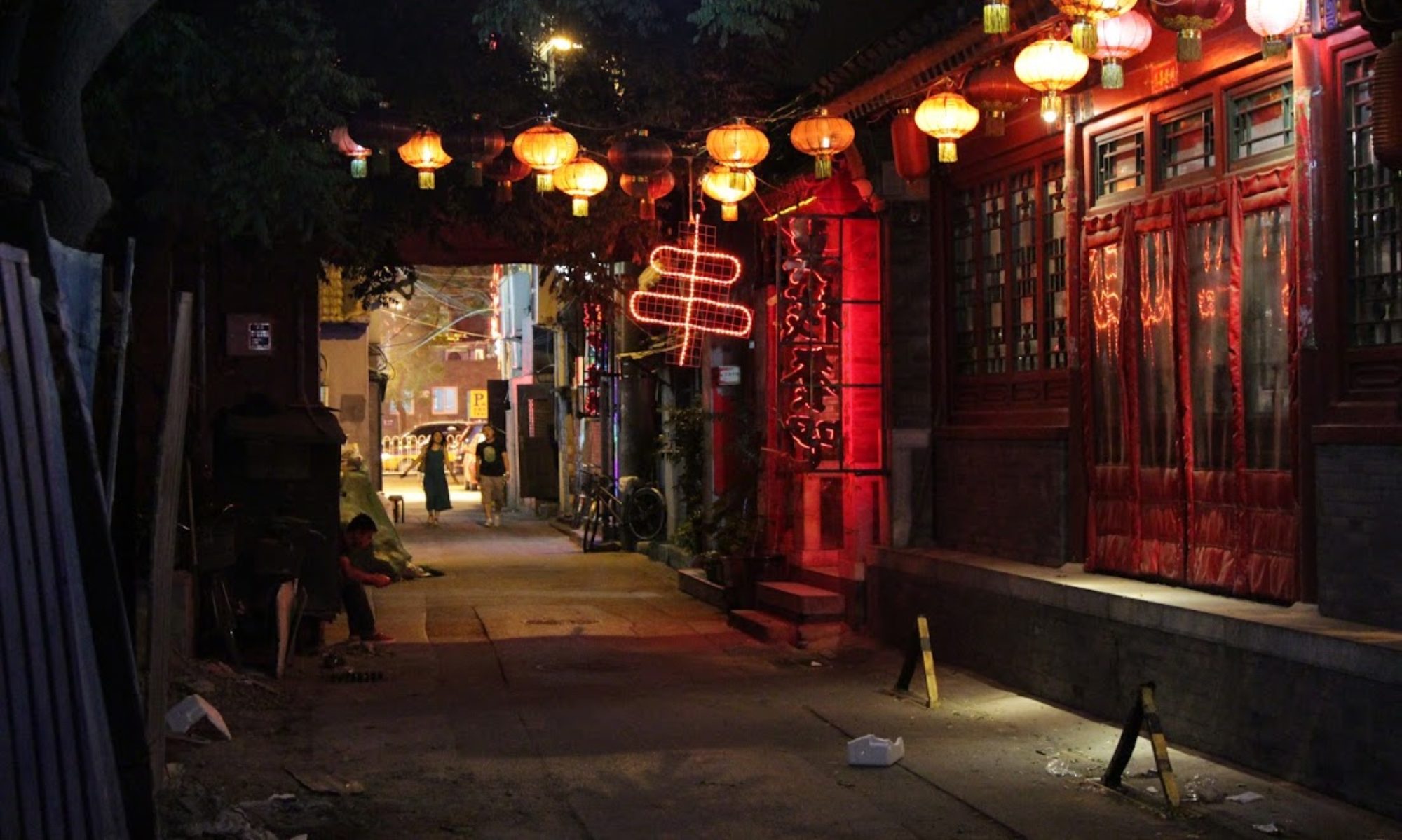Aboakyer, also known as the ‘deer hunting festival’, is organised in honor of the tribal God of Winneba. In this festival, Penkye Otu, their God, receives the sacrifice of a deer. During last week’s AFS trip to the Central Region, we had the fabulous opportunity to experience the climax of this festival.
The Aboakyer festival originated about three hundred years ago, when Winneba was first settled. The people believed they were only able to establish their homes through the instrumentality of their God – who still protects the people of Winneba. This festival expresses their gratitude towards him.
Initially, human beings from the royal family were sacrificed. But as the royal family slowly died out, the people pleaded with their God to accept a live leopard. The God agreed, and for some time live leopards were offered.
But over time, the leopards injured many and claimed several lives. The people made a desperate appeal to Penkye Otu to accept deers instead of leopards. Legend says that Penkye Otu accepted their request because the blood of deer and leopards is similar to that of man.
The Aboakyer festival involves two groups in Winneba, the Tuafo and the Dentsifo . They compete among themselves to go into the bush and be the first group to catch a deer.
The festival begins in the evening with a brass band marching through the streets of Winneba, singing and dancing. The whole town seems to be involved in the parade, and it goes on as far as the eye can see.
The next day consists of rituals. Libations are poured, prayers are said, and ceremonial guns are fired. The Tuafo and Dentsifo men purify themselves by bathing at the beach. Priests shave their heads and smear themselves with oil. Members of each group offer sacrifices to ancestral spirits for help in the following day’s deer hunt.
The next morning, both groups march to Penkye Otu’s shrine to have roots and herbs be sprinkled on them to ensure their safe return from the hunt. They smear themselves with clay, and wear protective charms and amulets.
After seeing the Omanhene [supreme traditional ruler], they begin hunting for deer. The first group to go is the Tuafo. Armed with only clubs, the group with the first catch rushes back home with war songs and shout of victory. The deer is presented to the Omanhene who places his bare right foot three times on it. After completing this ritual, the deer is lifted up and carried through the town streets by singing and dancing men. Their destination is the shrine of Penkye Otu.
The final act of the festival involves the Tuafo and the Dentsifo coming together before their God to sacrifice the deer.
According to mystics if the first group, the Tuafo, catches the first deer there will be peace and prosperity in the coming group. But if it is caught by the second group, it will be a year of famine and war.
A last word… I’m not really sure why – but many men at the festival could be seen dressing as women. I asked several people for the reasoning for this, but nobody knew. “Whatever,” I thought. “If you’re willing to run into the bush and kill deers with clubs, there’s no reason to question your manhood.”
[hr]
Click here to see more photos taken at the Aboakyer festival.




































